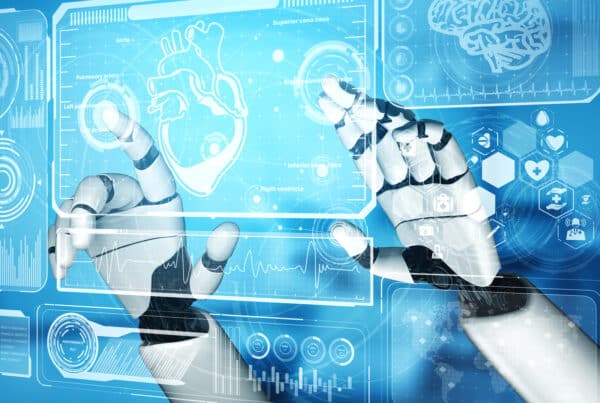
This article appears in Machine Learning Times. To read the full article, click here
By Sam Koslowsky, Senior Analytic Consultant, Harte Hanks
Yes, we’ve all heard the slogan, “get the right product to the right person at the right time.” While practitioners have varied thoughts on how to attain this objective, there does exist, at least one tactic, that most managers agree upon. Let me explain.
I spend a lot of time at my desk, and it was time to purchase a new office chair. I proceeded to Wayfair.com, and found, what I considered to be, a reasonably priced good quality chair. I was pleased. Below is the product I was interested in.
After placing the item in my ‘basket’, I was confronted with a helpful page, suggesting that I might also need some accessories. What appeared was a recommendation of additional items that I might need. Below is the resulting page- ‘You May Also Need’.
These valuable suggestions form the core, as to what we refer to as recommendation engines. More and more online establishments are employing recommendation systems to enhance user satisfaction, and optimize their own bottom line.
Recommendation engines employ machine learning and other technologies in order to determine a customer’s future wants. These resulting algorithms emerge from an analysis of previous customer experiences, product rankings as evaluated by previous purchasers, and/or the activities of ‘similar’ customers.
Huge firms, such as Amazon or Walmart can provide superior recommendations as a result of the plethora of data that is collected. Recommendations are most accurate when a firm can negotiate vast quantities of data. Products that have been touched by consumers in some way provide the firm an opportunity to evaluate previous actions and preferences-hopefully resulting in better recommendations.

Sam Koslowsky serves as Senior Analytic Consultant for Harte Hanks. Sam’s responsibilities include developing quantitative and analytic solutions for a wide variety of firms. Sam is a frequent speaker at industry conferences, a contributor to many analytic related publications, and has taught at Columbia and New York Universities. He has an undergraduate degree in mathematics, an MBA in finance from New York University, and has completed post-graduate work in statistics and operations research.




